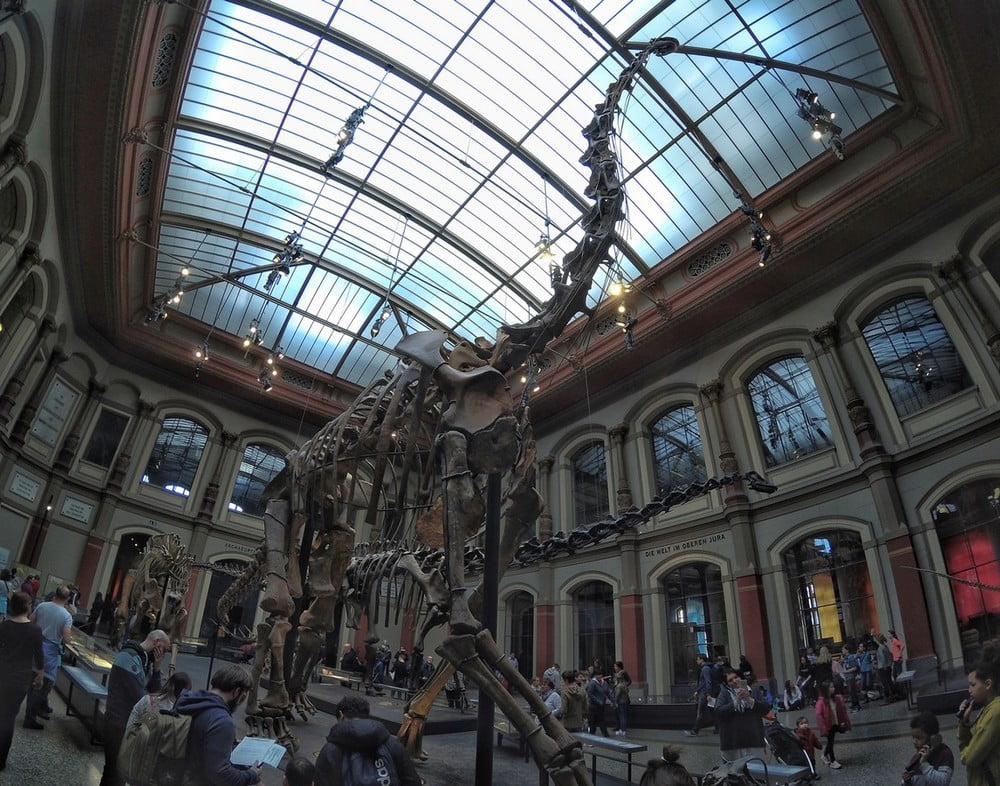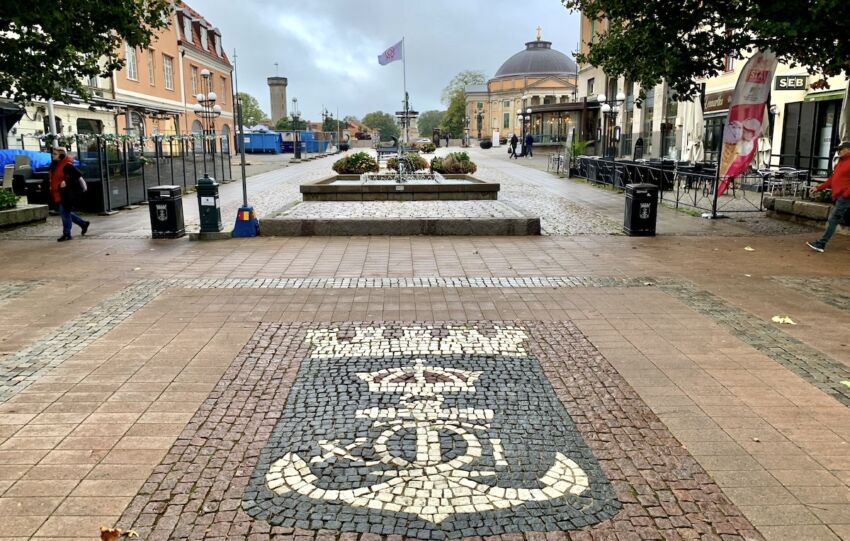Share This Article
I’ve visited the Vysočina Region several times, but Jihlava — the capital of the region — had never been on our radar… until now! During one of our trips, we needed to split a long drive into two parts and figured Jihlava would be a great place for sightseeing and an overnight stay.
The Old Town of Jihlava isn’t large, but it’s definitely worth a visit if you’re exploring the charms of the Vysočina Region. If you’re visiting Telč, Třebíč, Žďár nad Sázavou, or Lipnice nad Sázavou, Jihlava is perfectly located in the middle! It’s not a place where you need to plan several days of sightseeing, but it’s certainly worth your attention.
Location
Jihlava, known as Igława in Polish, is located roughly halfway between Brno and Prague. It’s the capital of the Vysočina Region and lies less than 7 km from the highway connecting those two cities. In fact, a stretch of the highway falls within the city limits, and it takes less than 10 minutes by car to reach the main square — Masarykovo náměstí. You can also get to Jihlava by train or bus from Brno or Prague.
The center of Jihlava is compact and easily walkable. If you arrive by car, be mindful of the paid parking zones. Parking spaces are marked in different colors, which indicate the allowed duration and price of parking. According to our host, the city has invested in vehicles equipped with cameras that patrol the streets, scanning license plates and issuing fines automatically. You can pay for parking at the machines located around the city.
Did you know?
Jihlava lies both in Bohemia and Moravia! The Jihlava River (Igława) runs through the city and divides it — the right bank lies in Moravia, while the left bank is part of Bohemia.
Jihlava and its history in brief
The origins of Jihlava date back to the mid-13th century. The settlement that emerged at that time was closely linked to the local silver ore deposits. It became a free mining town and is considered the oldest mining town in the entire Czech Republic. However, the first confirmed mention of Jihlava comes from a slightly later period – specifically the year 1233.
The layout of the old town is owed to a building code granted by King Ottokar II of Bohemia (Přemysl Otakar II). Jihlava was not damaged during the Hussite Wars, as the city sided with the Catholics. The city walls were never breached, although the surrounding area suffered destruction, which hurt the local economy. Eventually, under the rule of George of Poděbrady (Jiří z Poděbrad), Jihlava was conquered.
Over time, mining lost its significance, and the town gradually transformed into a textile center. During the Thirty Years’ War, the city was taken by the Swedes through deceit. After they left, fewer than a thousand residents remained. A new period of growth came at the turn of the 18th and 19th centuries. Interestingly, until 1945, Jihlava was home to the second-largest German-speaking enclave in the country. The city was also affected by World War II – the local synagogue was burned down at the very beginning of the war.
Since 1949, Jihlava held the status of a regional capital, but eleven years later it lost this title and was annexed to South Moravia. In 2000, Jihlava once again became the capital of the Vysočina Region and, alongside Karlovy Vary, remains one of the smallest regional capitals in the Czech Republic.
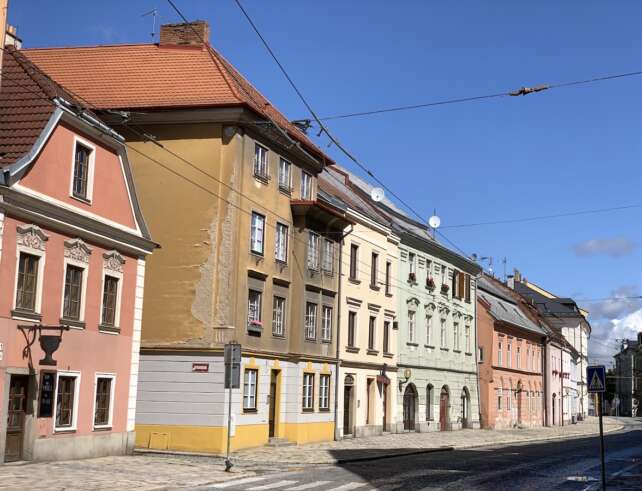
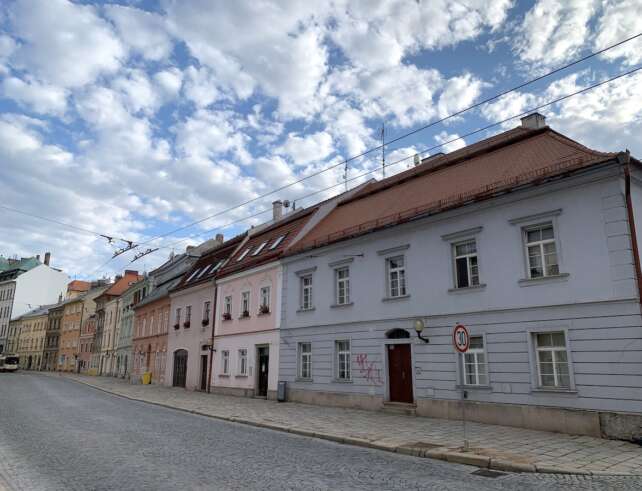
What’s Worth Seeing in Jihlava?
Jihlava is not a large city, but if you decide to visit, you’ll easily find enough to fill your day. There are interesting sights to see and good food to enjoy – so I definitely recommend stopping by! We didn’t manage to visit every noteworthy place, but we’ll tell you about several highlights that should give you enough motivation to explore the city!
The Main Square
The main square in Jihlava, officially called Masarykovo náměstí, is the heart of the old town. Some claim that it’s the third-largest square in the former Czechoslovakia! Twelve streets lead out from the square, which measures around 90 meters wide and 33 meters long. There are six public transport stops on the square, and all bus and trolleybus lines pass through it.
Around the square, you’ll find many interesting landmarks, such as two fountains, a plague column, the Town Hall, the Vysočina Museum, as well as restaurants, banks, and shops. However, in the middle of the square, an unfortunate surprise awaits. Sadly, it’s a negative one – a department store built in the brutalist architectural style rises right from the center. It was constructed in 1983 and, to put it mildly, it disrupts the otherwise charming impression of the square.
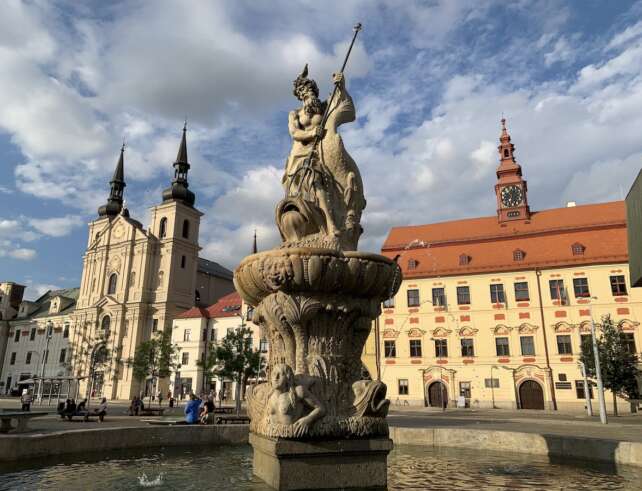
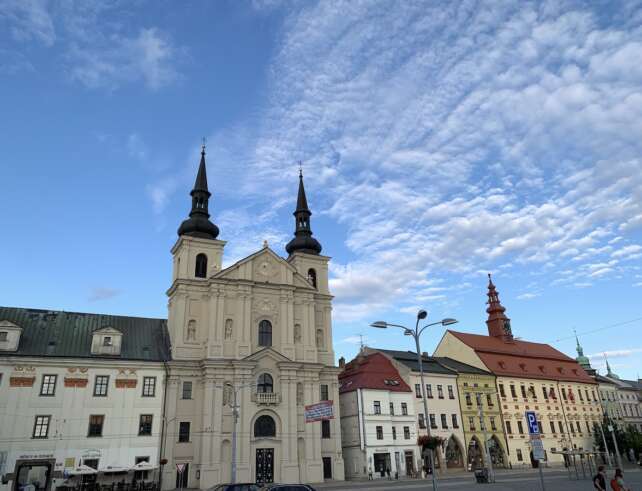
The Gate of Our Lady
This is the last surviving city gate. Originally, Jihlava had five gates and was entirely surrounded by city walls. The Gate of Our Lady was built as part of the 13th-century municipal fortification system. It stands 24 meters tall and features a Renaissance superstructure, which was added in the second half of the 16th century. Interestingly, about two-thirds of the original city walls have been preserved to this day.
You can enter the gate. Tickets cost 60 CZK for adults and 40 CZK for those eligible for discounts. During our walk, however, we were content to admire the gate from the outside. Inside, there is an exhibition of reproductions of paintings by Gustav Krum – a collection of 25 works related to the city’s history. There’s also a display dedicated to Jihlava as a fortified town.
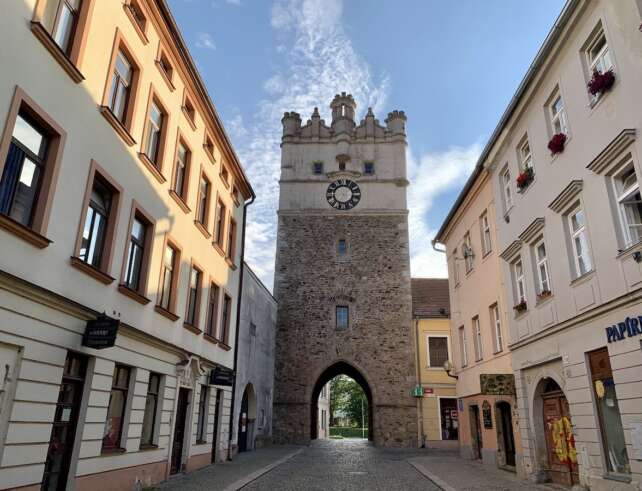
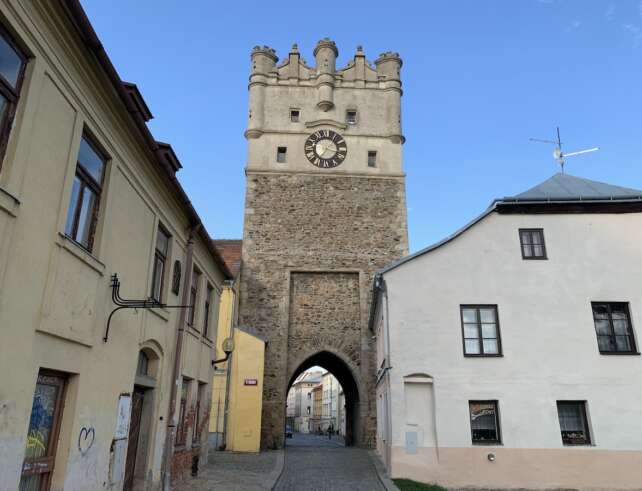
Jihlava Zoo
As this was a family trip and we try to include a variety of attractions to keep everyone happy, our first stop in the city was Jihlava Zoo. It’s located near the Old Town, at Březinovy sady 5642/10. From the city’s central square – Masarykovo náměstí – it takes about 10 minutes to reach the zoo by car, or around 15 minutes on foot. Please note that the parking next to the zoo is paid.
Although the zoo has been around for quite a while (its origins date back to 1957), our first impression was that it’s very well maintained and constantly being refreshed. I think the best proof of the zoo’s quality is the fact that many of the animals living there have offspring.
As you walk through the zoo, you’ll pass various themed zones. These include the Australian Farm, Hokkaido Park, the Asian Pavilion, Madagascar, and Matongo. Throughout the zoo, you’ll find directional signs, and besides the animals, there are plenty of educational elements and playgrounds for children. Naturally, you can also grab a bite to eat or buy souvenirs on-site.
It’s not a large zoo, but it gets bonus points for the layout, which allows you to walk in two loops without backtracking. I’m not a fan of zoos where I constantly have to plan my route and keep doubling back because I missed an animal.
The zoo is open year-round, though the opening hours vary by season: from May to September it’s open from 8:00 AM to 6:00 PM, in April and October from 9:00 AM to 5:00 PM, and from November to March from 9:00 AM to 4:00 PM. Regular tickets cost 180 CZK, and discounted tickets are 120 CZK. Set aside at least 3 hours for your visit.
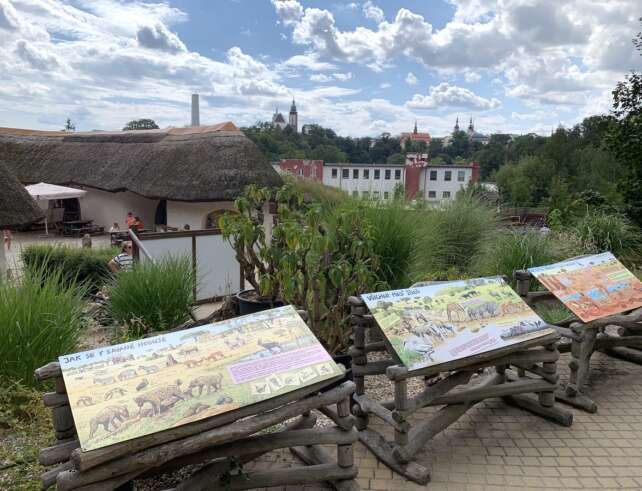
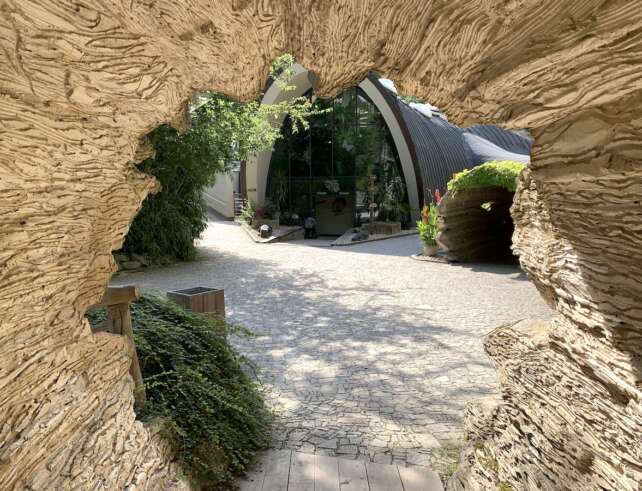
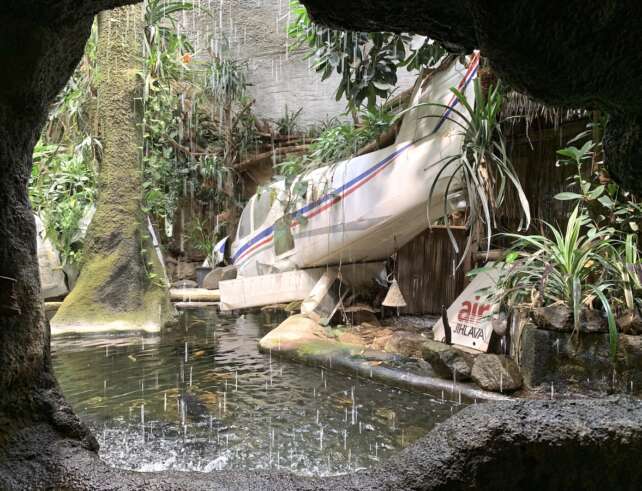
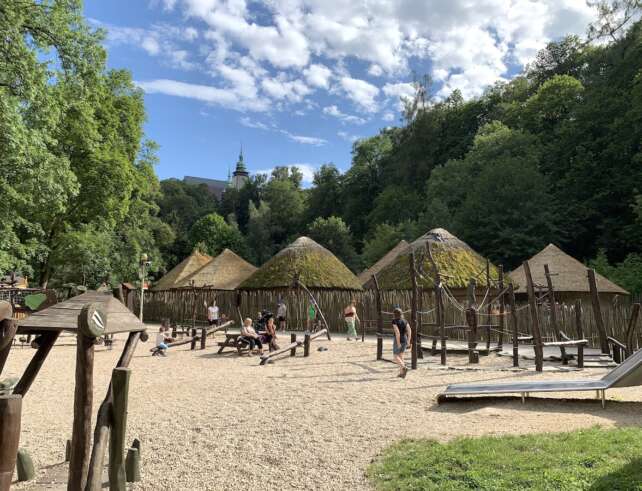
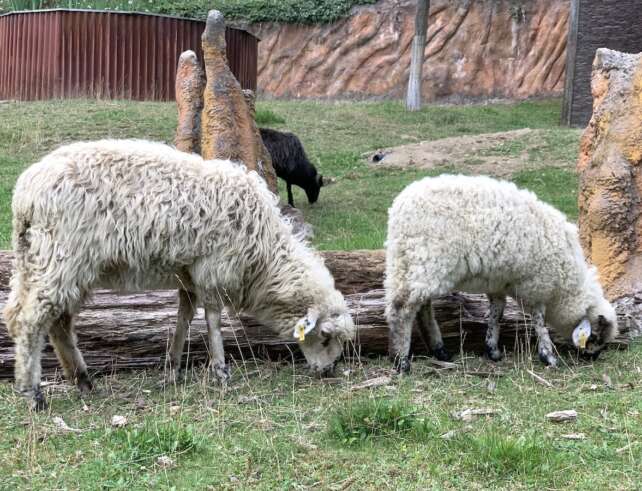
Vysočina Museum
We had heard a lot of good things about the Vysočina Museum, but unfortunately, we didn’t have enough time to visit it ourselves. It’s located on the main square of Jihlava and was established in the 1890s. The exhibitions cover topics such as Gothic art, the nature of the Bohemian-Moravian Highlands, geology, mining, and coinage.
The museum is open daily except on Mondays, from 9:00 AM to 12:00 PM and from 12:30 PM to 5:00 PM. Admission is 100 CZK for adults and 50 CZK for those eligible for a discount.
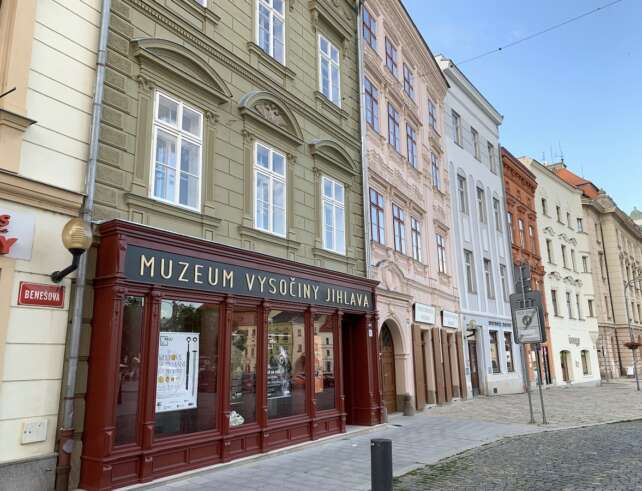
Church of St. James
Located very close to the main square, at Jakubské náměstí 77, the Church of St. James is a Gothic church founded in 1256. A year later, although the building was not yet completed, Bishop Bruno of Schauenburg consecrated it. However, the construction dragged on, and the church was completed in the 14th century (some elements even in the early 15th century).
This church was the central site of ceremonies involving a papal delegation and Emperor Sigismund that marked the end of the Hussite Wars. In the mid-15th century, masses ceased to be held in the church-probably due to its deteriorating condition. By the end of the 15th century, funds were secured, and the towers and roof were renovated. In 1523, the church suffered damage in a great city fire, and it took several decades before it was fully restored.
Throughout the centuries, it served as a Catholic church but also had a brief Protestant episode in its history.
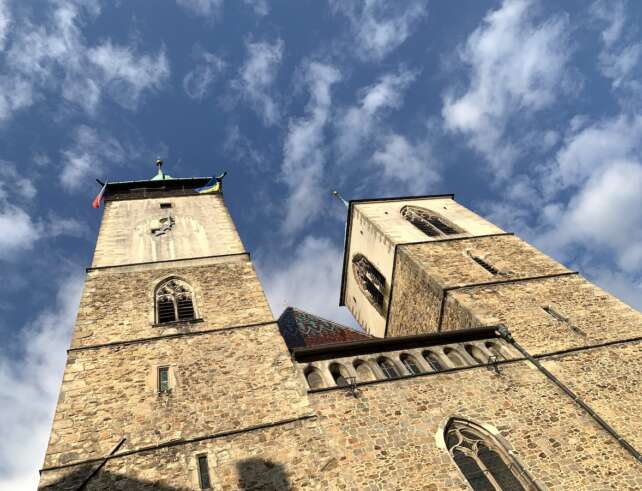
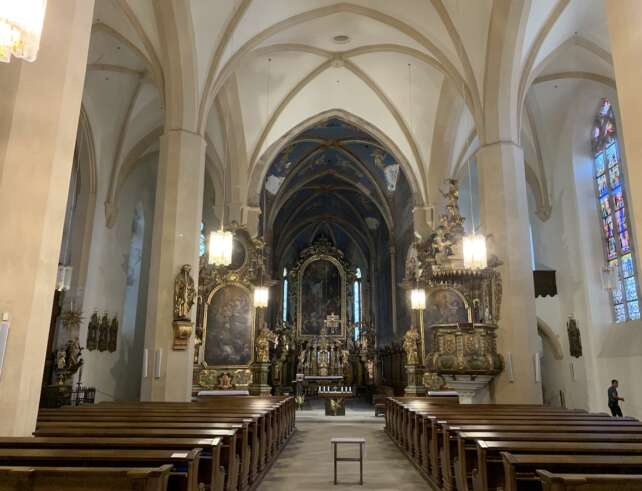
Jihlava Underground
Jihlava is well known across the Czech Republic for its underground tunnels. They are the second longest underground system in the entire country. Their total length is estimated at around 25 kilometers, but only a small portion is open to visitors. The underground network was created by connecting cellars that had been dug out since the 16th century. In some areas, the tunnels span three levels.
During the guided tour, you descend several meters below ground and walk through chambers and corridors from various historical periods. Along the way, you’ll learn about the city’s history, mining traditions, and the technical aspects of how the tunnels functioned. They were most likely used to store various goods and were built for economic reasons. During wartime, the underground passages served as shelters. Unfortunately, in the 1960s, the tunnels began to sink, and a rescue method used at the time was to reinforce them with concrete. The tunnels were first opened to tourists in 1936, again between 1949 and 1969, and finally reopened permanently in 1990.
Opening hours vary by season:
- April: 10:00–16:00
- May: 9:00–16:00
- June–August: 9:00–17:00
- September: 10:00–17:00
- October: 10:00–15:00
The most fascinating part of the underground tour, in my opinion, is the so-called “Glowing Corridor”. It’s located about 10 meters underground, meaning theoretically no natural light can reach it. Yet after switching off the lights, after a few moments, your eyes begin to adjust and you start seeing the outlines of the corridor. And when a flashlight is pointed at the rock wall, it begins to glow on its own.
Over the years, various theories have circulated to explain this phenomenon. Some believed it was due to phosphorous from the bones of monks buried above, others speculated it was a portal to another dimension. In 1978, samples were taken from the walls and tested, revealing a curious composition: the wall is made up of three minerals – wurtzite, willemite, and barite. Wurtzite reacts to visible light, willemite to UV radiation, and barite acts as the binder.
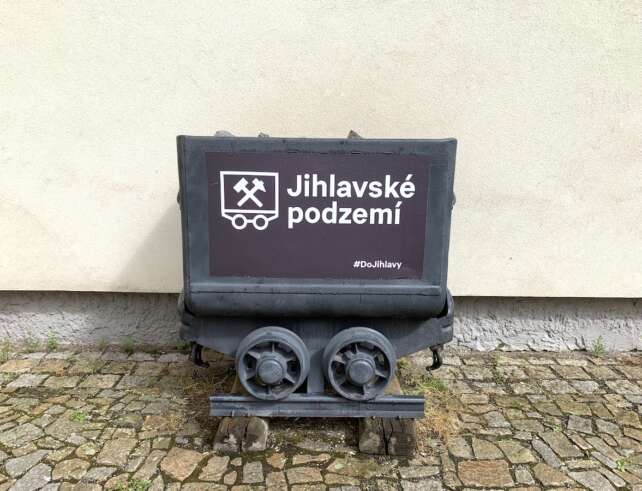
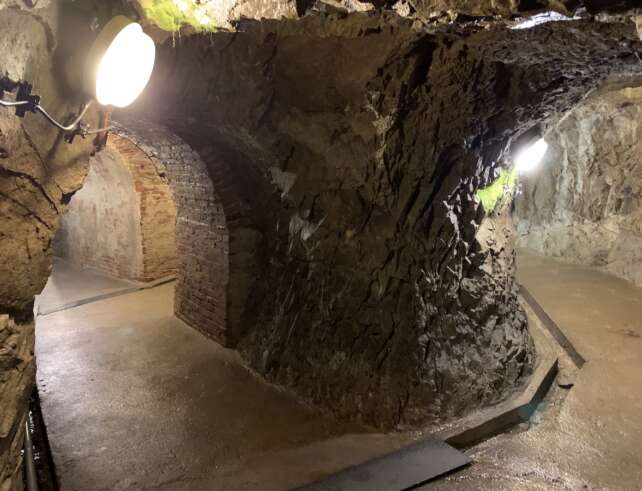
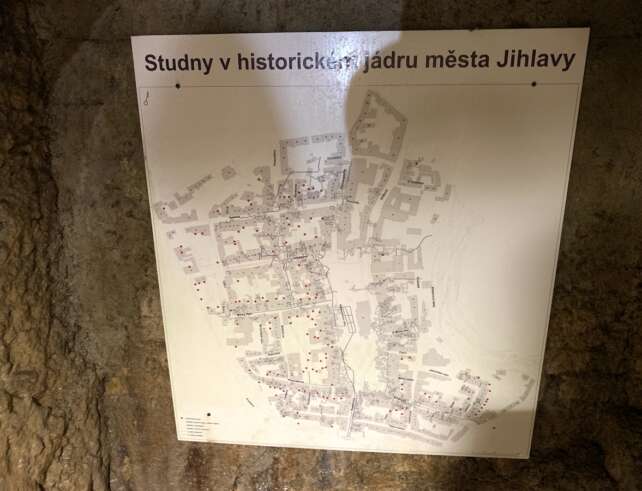
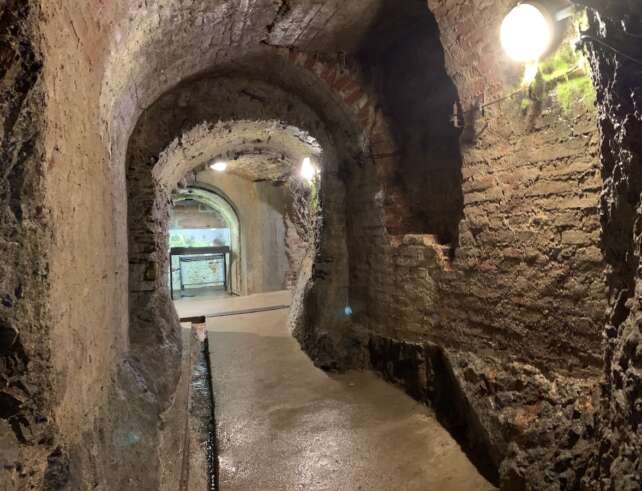
Jewish Cemetery in Jihlava
One place I learned about during our stay — but unfortunately didn’t have time to visit — is the Jewish Cemetery in Jihlava. The local synagogue was burned down during World War II, but the cemetery survived those difficult times for the Jewish community. It is located about 1.5 kilometers from the city center and contains around 1,200 preserved tombstones. Among them are the graves of the parents of the famous composer Gustav Mahler, who had ties to the region.
Where to Eat?
Culinary tourism is a branch of travel I deeply respect, so here are a few recommendations from us.
The first place we planned to visit was the local brewery. There are many breweries across the Czech Republic, and quite a few of them also run their own restaurants, which usually serve solid, hearty food!
Jihlava has its own brewery too — Pivovar Ježek — a place with a tradition dating back to 1861. We decided to have lunch at the brewery’s restaurant. The dishes were tasty and home-style, and the prices were reasonable. Both the restaurant and the brewery are located at Vrchlického 2084.
On our trips, we often tell ourselves we’ll make our own breakfasts — but we don’t always stick to that plan. In Jihlava, we went out for breakfast to Café Ignác, located right by the city’s main square. They roast their own coffee on-site and offer a variety of sweet and savory breakfast options. It turned out to be a great choice — just note that the place is small, and in the morning it tends to fill up quickly with breakfast seekers.
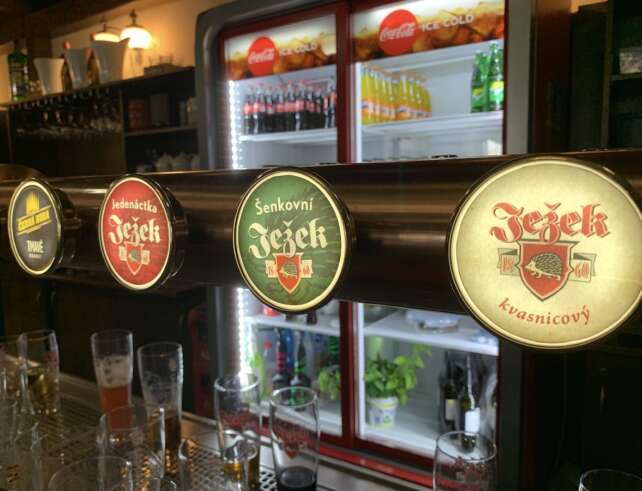
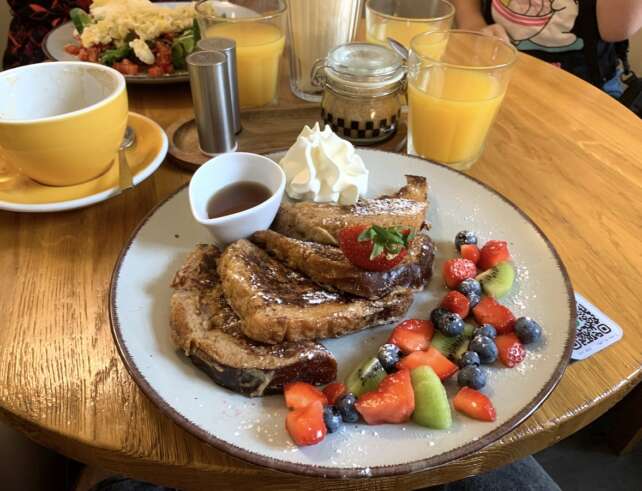
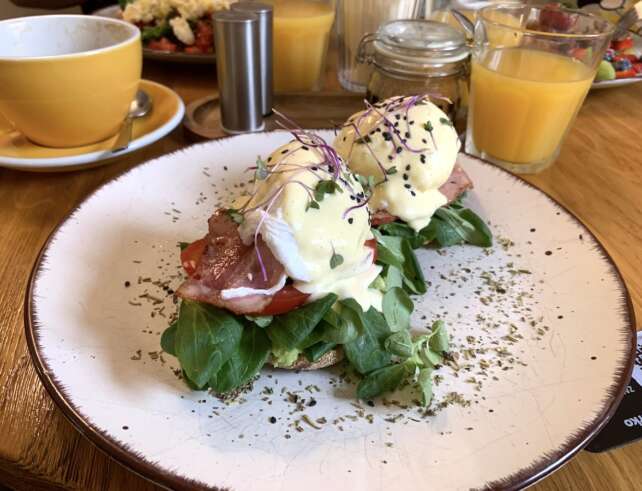
While in Jihlava, we also visited Guesto Restaurant, located not far from the already mentioned Café Ignác. Guesto is a place where you can enjoy a beer but also have a good meal. On this occasion, we opted for a burger, pork schnitzel with potatoes, and fried cheese — we left happy and full.
It’s also worth returning to Pivovar Ježek brewery. While having lunch there, we tried fried cheese, goulash with dumplings, and the traditional garlic soup. I don’t know if this is a general rule, but when choosing a local brewery for lunch or dinner, we usually end up with really good food. Maybe this is a good tip when looking for places to eat in towns you don’t know?
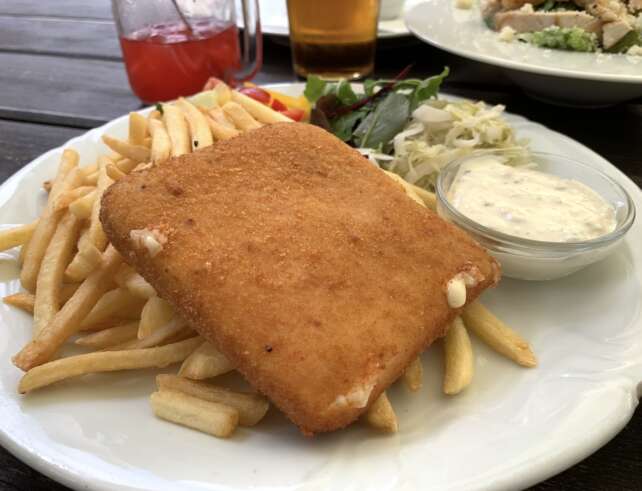
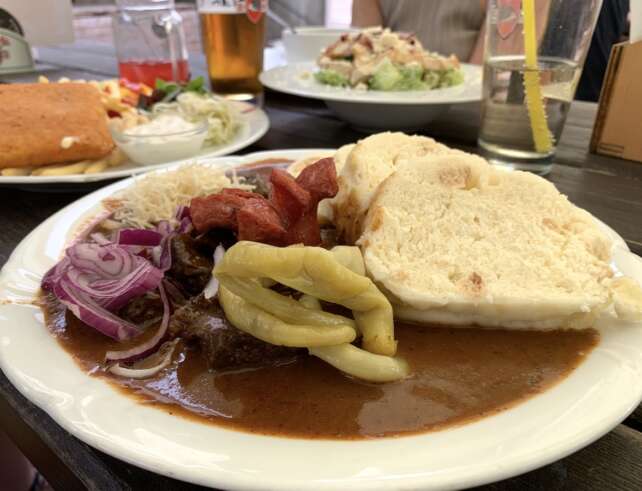
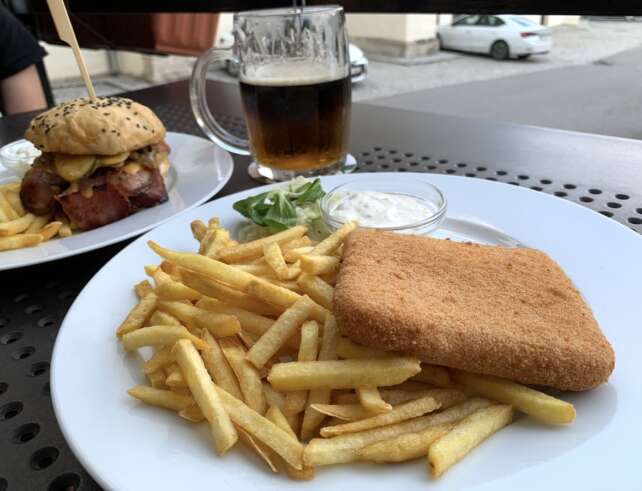
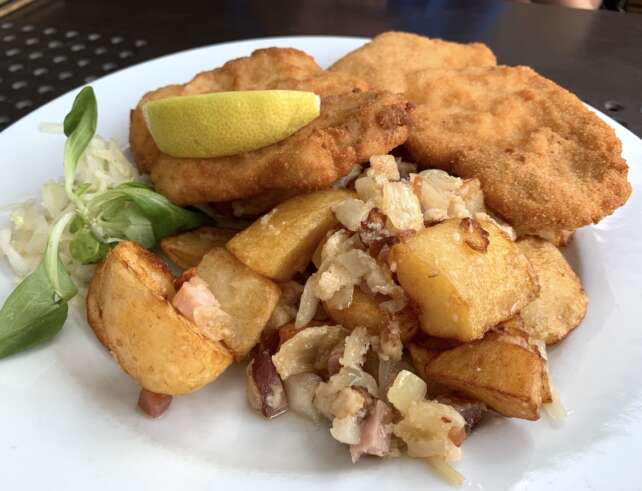
What to see around?
Jihlava is the capital of the Vysočina Region. This region is rich in extraordinary places, three of which are listed as UNESCO World Heritage Sites. Of course, besides these, you will find many more remarkable locations there. The UNESCO-listed sites include Telč, with its extraordinary market square featuring colorful houses; Třebíč, with the Basilica of St. Procopius and the former Jewish Quarter; and Žďár nad Sázavou, with the unique pilgrimage site of St. John of Nepomuk on the Green Hill.
Is the classic sightseeing not enough for you? Vysočina offers a variety of other attractions for both adults and children. Some interesting places worth mentioning are the Lipnice Castle near Sázava, where Jaroslav Hašek once lived; the nearby Lipnice Quarries, featuring sculptures of lips, ears, and a nose; and Jaroměřice nad Rokytnou, famous for its stunning palace, church, and gardens!
Vysočina is also an ideal region for hiking and cycling. There are plenty of trails waiting for you, allowing you to discover even more fascinating spots! Check out vysocina.eu for more travel inspiration!
Worth visiting?
Jihlava is not a top tourist destination, but as the capital of Vysočina, it is gaining popularity. It’s worth dropping by to stroll through the old town, explore the underground tunnels, and visit the zoo — and of course, enjoy some good food. However, when planning your trip, make sure to include other places in Vysočina to make your visit complete. Jihlava has about 50,000 inhabitants, which in Poland corresponds to the size of a county town, and despite its modest size, it has its own charm.



